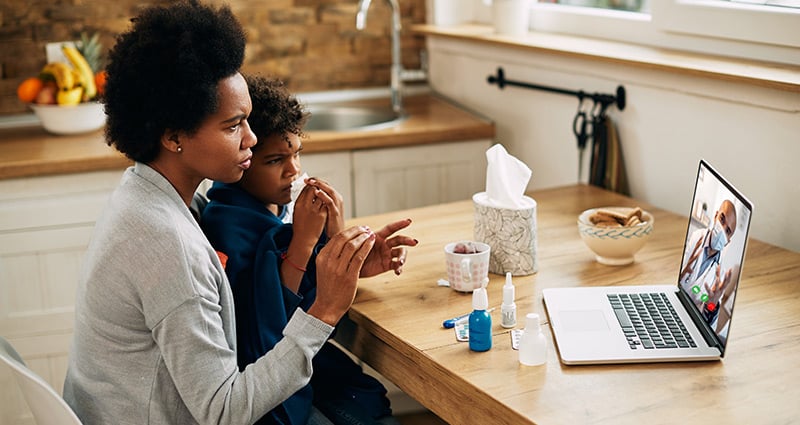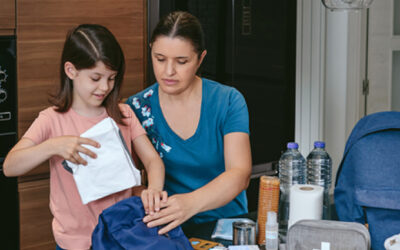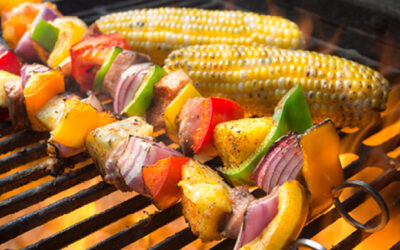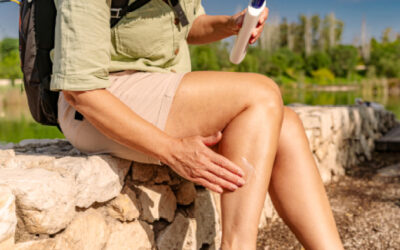Cooler temperatures are creeping into south Louisiana. On their heels are the flu and other airborne germs that are going to settle in to wreak havoc on the respiratory systems of your little ones until we finally see the colors of Spring.
What’s a parent to do? Strap on your boots! It’s time to hit the ground running and prepare your arsenal to battle those wintertime bugs. By making a Winter Survival Kit, you will have all of the tools you’ll need to ward off any attacks on the respiratory tracts of yourself and your family. So, where to begin?
Unfortunately, like a broken heart, the major treatment for viral infections is time. So, our job as parents is to make our little ones as comfortable as possible while battling the many viruses their bodies will be exposed to over the next several months. While there are many over-the-counter medications to help the various symptoms that we all suffer from during cold and flu season, not all children can take them. More often than not, it is the more naturalistic treatments that are the most effective. Here are some essentials that will be useful over the next few months.
Thermometer.
No Winter Survival Kit is complete without one. While a rectal thermometer is considered the gold standard (especially for children under the age of 1), we all know most children are going to run in the opposite direction if you pull one out. The thermometers for the forehead are not very reliable. The other options are one that measures the temperature under the tongue, under the armpit and in the ear. You have to decide which one your child will most likely tolerate in order to get an accurate reading. And, you don’t have to add a degree!
Acetaminophen & Ibuprofen.
Both are great for fever and body aches. Babies under 6 months cannot take ibuprofen, so acetaminophen is your choice. Make sure that you always grab for Children’s Acetaminophen; it is the same concentration as the infant version and is MUCH cheaper! Appropriate dosage is based on age and weight. Consult your pediatrician for the proper dosage to give your individual child.
Cold Compress.
While great for owies, these are also great for a very elevated fever. So, keep these in your freezer at all times. Put them behind the neck, on the chest or on the forehead to help reduce fever. You can put a towel directly on your child’s skin and the cold compress on top to lessen discomfort.
Saline Sprays and Drops.
Look for the ones with a silicone tip you can put in your child’s nose. Spray it to break up the congestion. The silicone tip is soft on the nose. So, if your little one moves around while it’s in there, it won’t hurt. If you’re hesitant to use the spray, the same product is available as drops. After you apply the saline, give it a second to work its magic, then use a bulb syringe to suck out the mucus
Chest or Cold Rub.
Mentholated, petroleum-based gels can be applied to the chest immediately before sleep to assist with breathing. There are different versions on the market – some with eucalyptus or chamomile as the key ingredient. The vapors get into the nose and help to dry it up. Versions made specifically for babies are less harsh. First and foremost, do a spot test – rub a little bit in a single spot on their chest to make sure they’re not going to have a reaction to it. If no reaction, you will want to apply all over their little chest. If your child is uncomfortable with the gel applied to the chest, you can rub it on their feet and cover the feet with socks.
Cough Medicine.
Raw, natural honey from your community is the best cough medicine for children over the age of 1. Use a ¼ teaspoon every 4- to 6 hours for children 12-24 months, ½ a teaspoon for those over age 2. It sounds weird, but studies have shown that it reduces cough and sore throat. Always look for a honey-based cough syrup or cough drops for older children and even adults if there are no honey allergies.
Electrolyte Hydration Drink.
Pedialyte® is the brand most widely known. These are designed to replace fluids and minerals, like sodium and potassium, safely. Be mindful of the fact that these tend to expire within 24 hours of first opening the container. Other versions that may go a little further are the popsicle variety you can keep in the freezer and the powder packets or tablets you can mix into a bottle of water. If your infant is on breast milk or formula and is not drinking, alternate one ounce of the hydration drink with one ounce of breast milk or formula. If they do well on that, then you can return to just breast milk or formula for feedings supplemented by the electrolyte drinks to keep them hydrated.
You don’t have to wait for symptoms to arise before consulting your pediatrician about any questions or concerns you may have. Remember, a little extra attention and TLC from Mom and Dad is always needed to help your little one feel better sooner than later.





